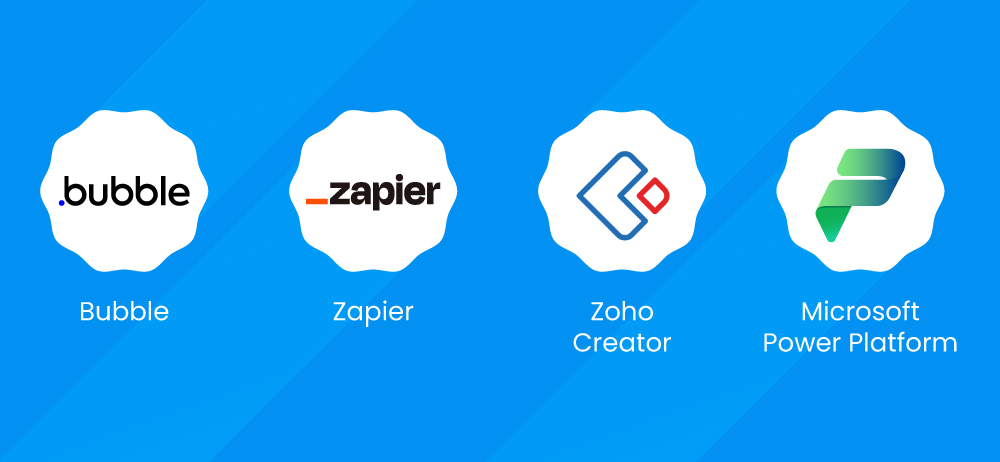Apps are being created, tasks are being automated, and digital problems are being solved without the need to know how to write code, thanks to no code and low code platforms. The landscape is being transformed by these tools, enabling anyone—not just tech experts—to bring their ideas to life with a few simple clicks. Let’s dive into how technology is being made more accessible and how new possibilities for creativity and innovation are being opened up by these platforms.
What is Low Code/No Code:
The terms Low Code and No Code are mostly used interchangeably, but they are different to each other.
Low Code development provides users who have little coding knowledge to build applications or software using drag-and-drop interfaces and pre-built templates. They are more flexible and sophisticated and can be used to build any app and software.
No Code development as the name suggests requires no prior knowledge of coding to build apps and software. Similar to Low code, it requires visual drag-and-drop interfaces to create software such as websites and apps instead of using code.

Advantages of Low Code/No Code Development
Increased Productivity:
Low Code/No Code development allows developers to spend time on building user experience as well as other exciting features instead of writing long codes. It also allows them to complete work in less time which increases the development time significantly.
Platform for Everyone:
With Low Code/No Code platforms, the users which do not have coding background and are not much technical which also includes business owners can also build software according to their need and idea. It also allows users to solve problems and update things at one go without getting into the complexity of coding.
Cost Effective:
A Low Code/No Code approach can reduce costs approximately from 40% to 60%. With provided tools and no technicality involved, this approach requires a lesser team, low maintenance cost and less development cycle.
Automation:
Automation is one major benefit of the Low Code/No Code platform. Without the complexity of coding and multiple logics, platforms can be built on automation with drag-and-drop interfaces which allows users and business owners to easily setup automation in their businesses without any hassle.
Low Code/No Code Platforms:
Low code/no code platforms revolutionise mobile app development by minimising the need for extensive coding knowledge. These platforms allow anyone to swiftly transform ideas into fully functional applications, streamlining innovation and bridging the gap between creativity and technology.
Some of the notable platforms are:
1. Bubble
2. Zapier
3. Zoho Creator
4. Microsoft Power Platform
According to Gartner’s latest estimate, the global low-code development technologies industry will be worth $13.8 billion in 2023, up 22.6 percent from 2021. The market is expected to grow at a compound annual growth rate (CAGR) of over 40% till 2028.

Growth Factors:
– Digital Transformation of Businesses
– Shortage of Skilled Developers
– Increase in demand for remote workplaces.
– Lesser time to market
– Empowerment of business users
– Opportunities for developers to focus on complex problem solving
Conclusion:
The rise of low code and no code platforms signifies a significant change in how businesses approach software development. These tools empower non-technical users, streamline development, cut time-to-market, and democratise technology access which keeps organisations competitive in today’s fast-evolving digital realm.
Looking for cost-effective development solutions? Low code/no code platforms might be the answer. Contact us to see how we can help.

